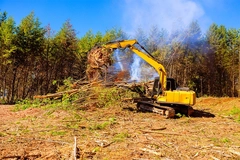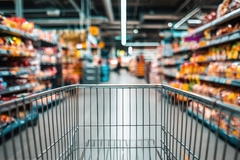
- Industry news
Industry news
- Category news
Category news
- Reports
- Key trends
- Multimedia
- Journal
- Events
- Suppliers
- Home
- Industry news
Industry news
- Category news
Category news
- Reports
- Key trends
- Multimedia
- Events
- Suppliers
Microgravity meals: Tackling taste, texture & safety challenges in space food
Key takeaways
- ESA advances space nutrition through personalized “bonus food,” and collaborations with chefs and scientists.
- R&D targets microgravity farming, gene-edited crops, and CO2-based proteins for long missions.
- Industry partnerships drive innovation to adapt texturized proteins and freeze-dried technology that could also support sustainable food production on Earth.
As space missions grow longer and more complex, food innovation has become a vital part of astronaut well-being and mission success. From personalized “bonus food” programs to advancement in space food R&D and industry collaborations, the European Space Agency (ESA) is exploring sustainable nutrition in microgravity to support astronauts aboard the International Space Station (ISS).
Food Ingredients First sits down with Dr. Sonja Brungs, an engineer at the German Aerospace Center (DLR) for the ESA, for behind-the-scenes insights into space food innovation. She reveals the flavor, texture, and shelf life challenges of dining in microgravity, and the factors food technologists and chefs need to consider while formulating meals to keep astronauts nourished and mission-ready.

Brungs works at the European Astronaut Centre in Cologne, Germany, in the Crew Operations Division, and is part of the Crew Support Team, which helps ESA astronauts before, during, and after missions. This role includes coordination with families and food procurement.
“Astronauts mainly eat food provided by our partner NASA, which includes about 95% of their daily meals. The remaining 5% comes from us. Whenever an ESA astronaut is assigned to a mission, we make sure their dedicated ‘bonus food’ is produced,” says Brungs.
“This ESA ‘bonus food’ is a form of psychological support — something familiar that reminds them of home or childhood. It’s also a way to share their culture with crewmates aboard the ISS. These foods are eaten on special occasions like Christmas or birthdays.”
Based on astronauts’ food choices, the crew support team helps chefs adapt recipes for space, organizing tastings and tailoring meals to individual preferences.
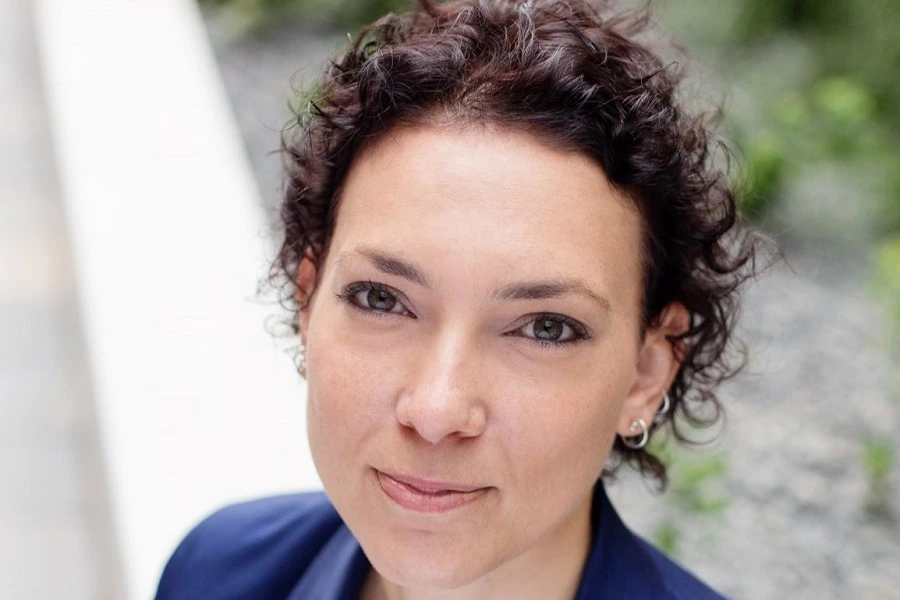 ESA crafts personalized ‘bonus food’ for astronauts that acts as psychological support during long missions, says Brungs.
ESA crafts personalized ‘bonus food’ for astronauts that acts as psychological support during long missions, says Brungs.
Taste and sensory challenges
Food scientists need to consider astronauts’ altered sensory capabilities under microgravity conditions during food formulation.
“They often experience a reduced sense of taste and smell — similar to having a cold — so spicier foods are preferred,” says Brungs.
Texture-wise, foods that crumble or flake are problematic, as small particles can become a hazard by floating around. “Alcohol is also not allowed, since the ISS’s water recycling system cannot handle it. Even soups require modification. Thicker textures make them easier to consume in zero gravity with a spoon.”
ESA astronaut Rosemary Coogan recently told us that microgravity impacts human taste perception, making food seem “blander,” adding that astronauts specifically crave fresh foods like fruits in space.
Brungs explains that replicating some texture attributes in space is difficult.
“What astronauts miss the most is crunchiness and freshness, like the texture of a salad or a crisp apple. Most space food is soft or paste-like, so those fresh textures are missing.”
NASA is overcoming these challenges with its plant growth unit “Veggie” which produces small quantities of salad-type crops like lettuce, Chinese cabbage, mizuna mustard, and red Russian kale aboard the ISS.
Food preservation and safety
While growing fresh food in microgravity is promising, extending its shelf life and ensuring food safety are crucial. For the ISS, Brungs says that shelf life isn’t a huge problem — two years is sufficient.
“But for future Moon or Mars missions, food may need to last at least five years — that is a major challenge. Packaging must withstand radiation, and over time, nutrients, taste, and texture degrade. Food must stay safe, nutritious, and appetizing for the whole mission, but this is no small task.”
Ensuring food remains nutritious and palatable after years in storage is one of the biggest technical hurdles for future missions.
Scientists warn that the ISS harbors pathogenic bacteria and fungi that could make astronauts sick and disrupt missions. Last year, University of Delaware, US, researchers found that lettuce grown in simulated microgravity was more susceptible to Salmonella infection, raising concerns about food safety outbreaks onboard.
 ESA astronaut Samantha Cristoforetti with an insect protein-based cereal bar with cricket flour in 2022 (Image credit: ESA).
ESA astronaut Samantha Cristoforetti with an insect protein-based cereal bar with cricket flour in 2022 (Image credit: ESA).
Overcoming “menu fatigue”
Space food usually includes three main types of food: natural form foods like nuts, eaten as-is, freeze-dried foods, and thermo-stabilized foods.
“Freeze-dried foods need to be rehydrated using a hot water outlet on the station. They’re left to sit for about 20 minutes until they’re rehydrated,” says Brungs.
Thermo-stabilized foods are heat-processed to destroy harmful microorganisms and enzymes, and are made in individual servings for astronauts.
“They are basically canned food that have been cooked and prepared and thermo-stabilized to increase their shelf life, and can just be reheated in a small oven on the ISS,” continues Brungs.
Earlier this week, the ESA funded a collaboration between Finnish food-tech firm Solar Foods and European space-tech company OHB System in a pilot program to develop gas fermentation technology and grow Solar Foods’ edible microbial protein in microgravity.
“They [Solar Foods] produce protein using CO₂ and other cabin gases, which could be ideal for space. It’s reliable, versatile, and helps avoid ‘menu fatigue’ by allowing a wide variety of dishes,” notes Brungs.
Additionally, ESA’s astronauts can experiment with new ingredients and culinary trends.
“During Samantha Cristoforetti’s (an Italian astronaut) mission, she wanted to try cricket protein, so we had a candy bar made with cricket flour,” Brungs adds.
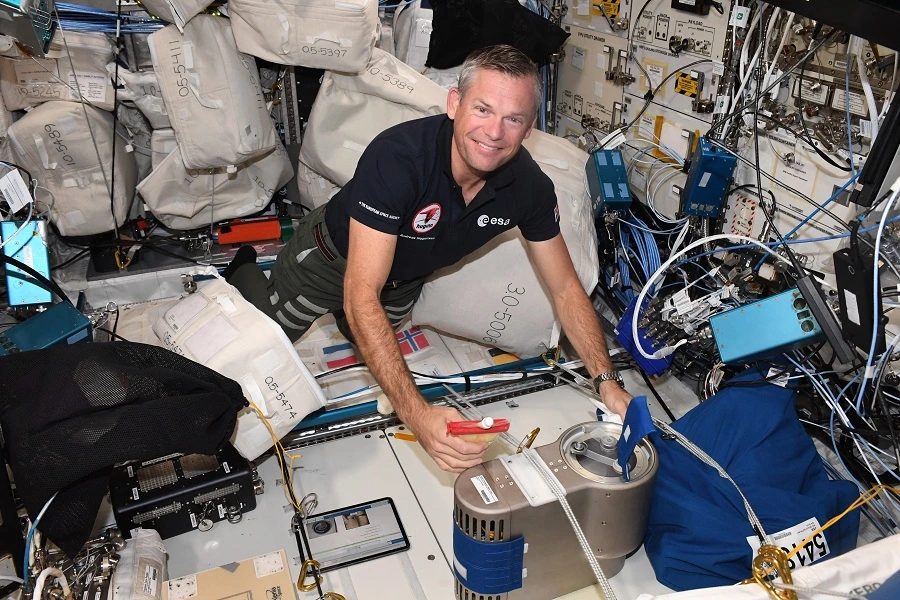 ESA astronaut Andreas Mogensen prepared chocolate mousse as part of the “Food Processor” experiment managed by the French Space Agency in 2023 to test cooking in space (Image credit: ESA/NASA).
ESA astronaut Andreas Mogensen prepared chocolate mousse as part of the “Food Processor” experiment managed by the French Space Agency in 2023 to test cooking in space (Image credit: ESA/NASA).
Inspiring sustainable food innovations
Customized food projects not only support astronaut well-being but also provide a platform for testing emerging alternative proteins in extreme conditions, thereby driving food innovation on Earth.
For instance, the Italian Space Agency’s “Moon-Rice” project uses CRISPR-Cas9 to create shorter rice plants for limited space Moon or Mars habitats, with potential applications for growing rice in harsh Earth environments.
Brungs emphasizes that such technologies can be used for disaster-prone areas or deserts, where resources are scarce. “Solar Foods’ technology could also recycle CO₂ from the cabin atmosphere, making it very sustainable.”
Meanwhile, ESA’s co-sponsored research with the University of Valencia, Spain, focuses on Trebouxiaceae, a microalgae that can withstand extreme space conditions when it forms symbiotic relationships with fungi. The ESA is investigating the algae’s resistance for Mars missions to produce food.
The agency is also collaborating with Swedish company Mycorena to develop resource-efficient food production systems for space travel. The aim is to create “fresh texturized protein foods” by using algae-fungi symbiosis with the company, which was one of the winners in the second phase of NASA’s Deep Space Food Challenge in 2023.
Space food as “psychological glue”
Brungs also cites Lyo Food, a Polish firm specializing in freeze-dried meals, which produced space food for the ESA’s Polish mission in 2025. “Its main business is rehydrated food for mountaineers and travelers, and they did an excellent job adapting it for space.”
She adds that astronauts now have a variety of space food options, with NASA offering nearly 200 items.
“Food is incredibly important for astronauts. On long missions, it’s more than nutrition — it’s a psychological glue. Good food keeps the crew grounded and in good spirits. It’s a crucial part of mission success.”
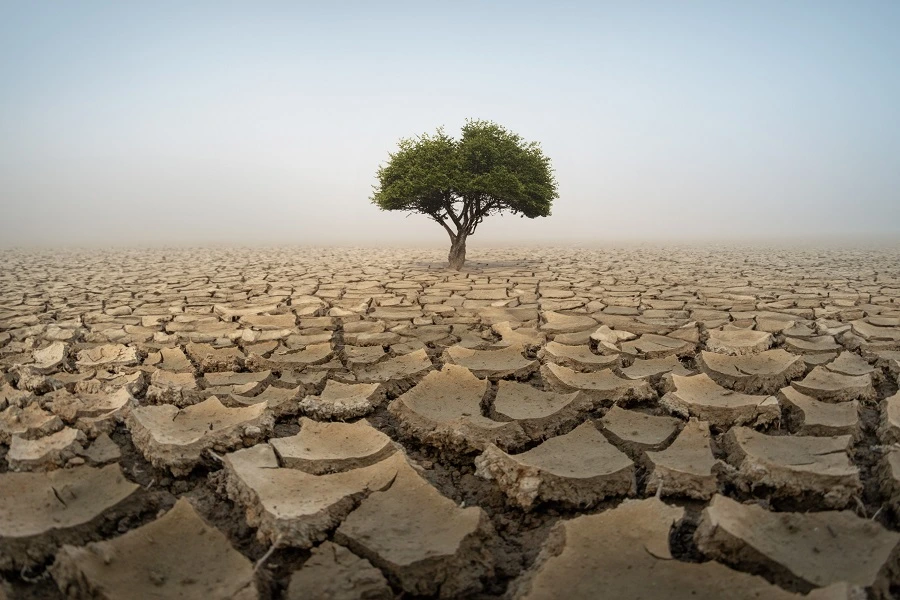 Space food tech using proteins and CO₂ recycling could enable sustainable food in harsh climates on Earth.
Space food tech using proteins and CO₂ recycling could enable sustainable food in harsh climates on Earth.
